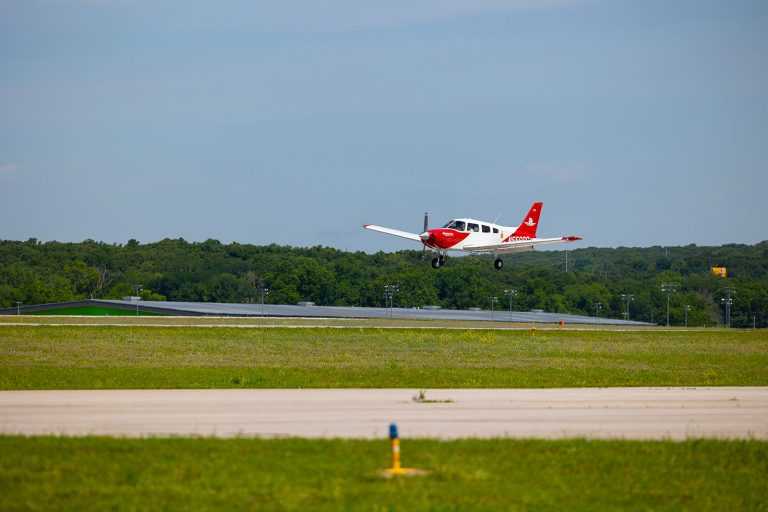

As a student pilot, learning the correct emergency descent procedures is crucial to mastering the art and science of flying. The Federal Aviation Administration (FAA) mandates emergency descent procedures as part of primary flight education to ensure the pilot's and future passengers' safety. Before earning a private certificate, a student pilot must demonstrate proficiency in emergency descent maneuvers.
An emergency descent procedure is a life-threatening event, such as engine failure, cabin smoke, rapid depressurization, or a medical emergency, where the pilot needs to descend to a lower altitude or land as soon as possible without harming anyone on board or the airplane. The specific way an emergency landing is conducted depends on the aircraft, the type of emergency, weather conditions, and terrain. However, some critical procedures are common to all emergency descent procedures.
One of the first things a pilot must do is reduce lift and increase drag to descend as quickly and safely as possible. Pilots can extend the flaps and landing gear to render the aircraft less aerodynamic and use gravity to descend. Slipping, which involves flying the airplane inefficiently by moving it slightly sideways while it moves forward, can also increase drag and rapidly descend the aircraft.
It is vital to monitor the aircraft's speed limitations during the descent - such as the never-exceed speed (Vne), maximum flaps extended speed (Vfe), and landing gear extension speed - to avoid putting undue stress on the engine, airframe, and wings. Finally, it is essential to remain calm and communicate with the crew and air traffic control (ATC) to ensure everyone's safety. In an emergency, the pilot should set the airplane's transponder code to 7700 and announce "Declaring an emergency" to ATC.
In conclusion, emergency descent procedures are critical for student pilots to learn to ensure their safety and that of their future passengers. The FAA mandates these procedures as part of primary flight education, and student pilots must demonstrate proficiency in emergency descent maneuvers before earning their private certificate. While specific emergency descent procedures may vary depending on the type of emergency and aircraft, reducing lift and increasing drag is a common initial step. Monitoring the aircraft's speed limitations and communicating effectively with crew and air traffic control is essential to ensure everyone's safety. By mastering emergency descent procedures, student pilots can help prepare themselves to handle life-threatening events that may occur during flight.
Affiliate Partner Program | Jobs at Spartan | Privacy Policy | Opt-out Policy | Privacy Notice - California Residents| Notice of Non-Discrimination | Website Accessibility Help | Transparency in Coverage Act
© 2024 SPARTAN COLLEGE OF AERONAUTICS AND TECHNOLOGY. ALL RIGHTS RESERVED.